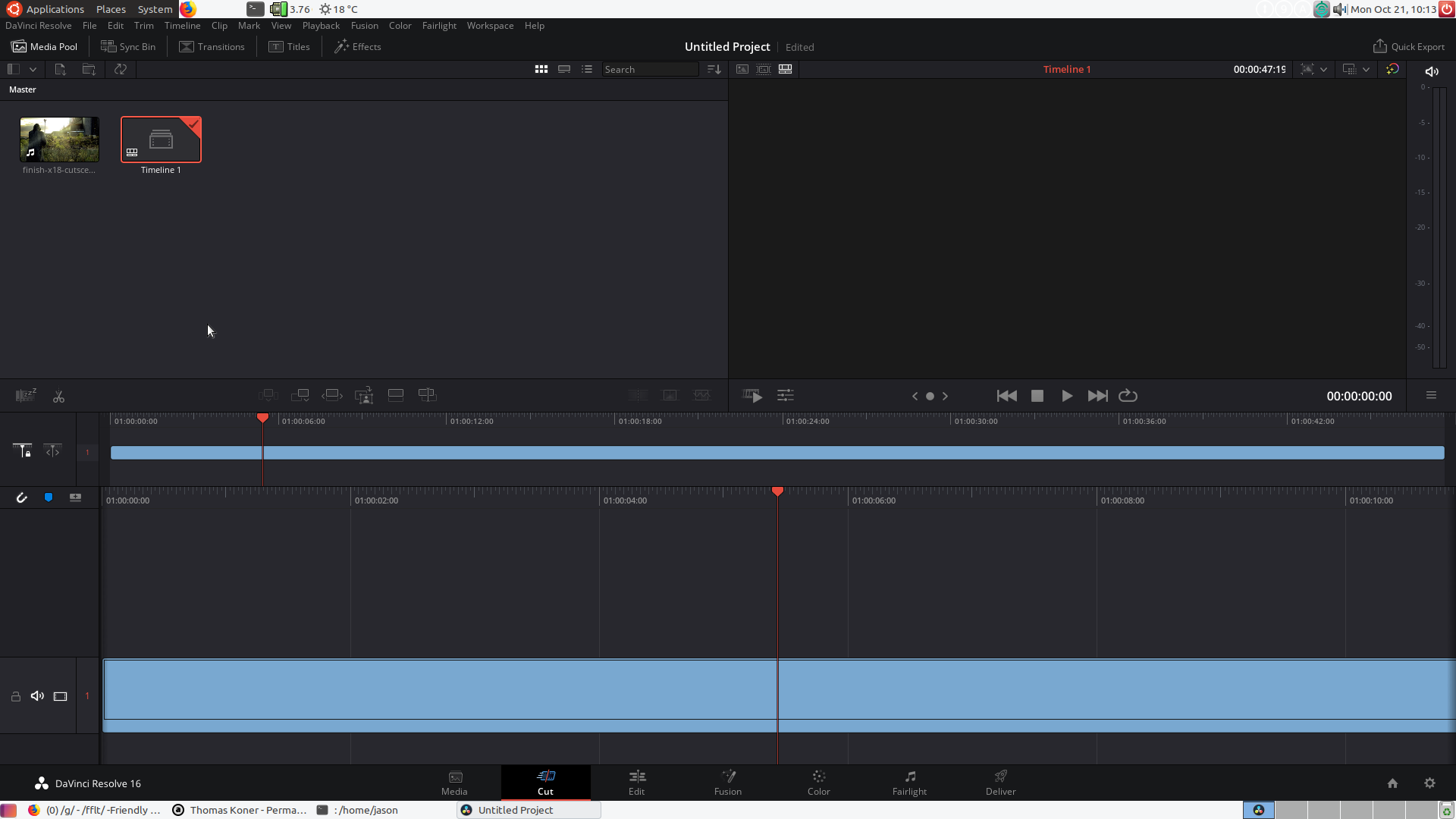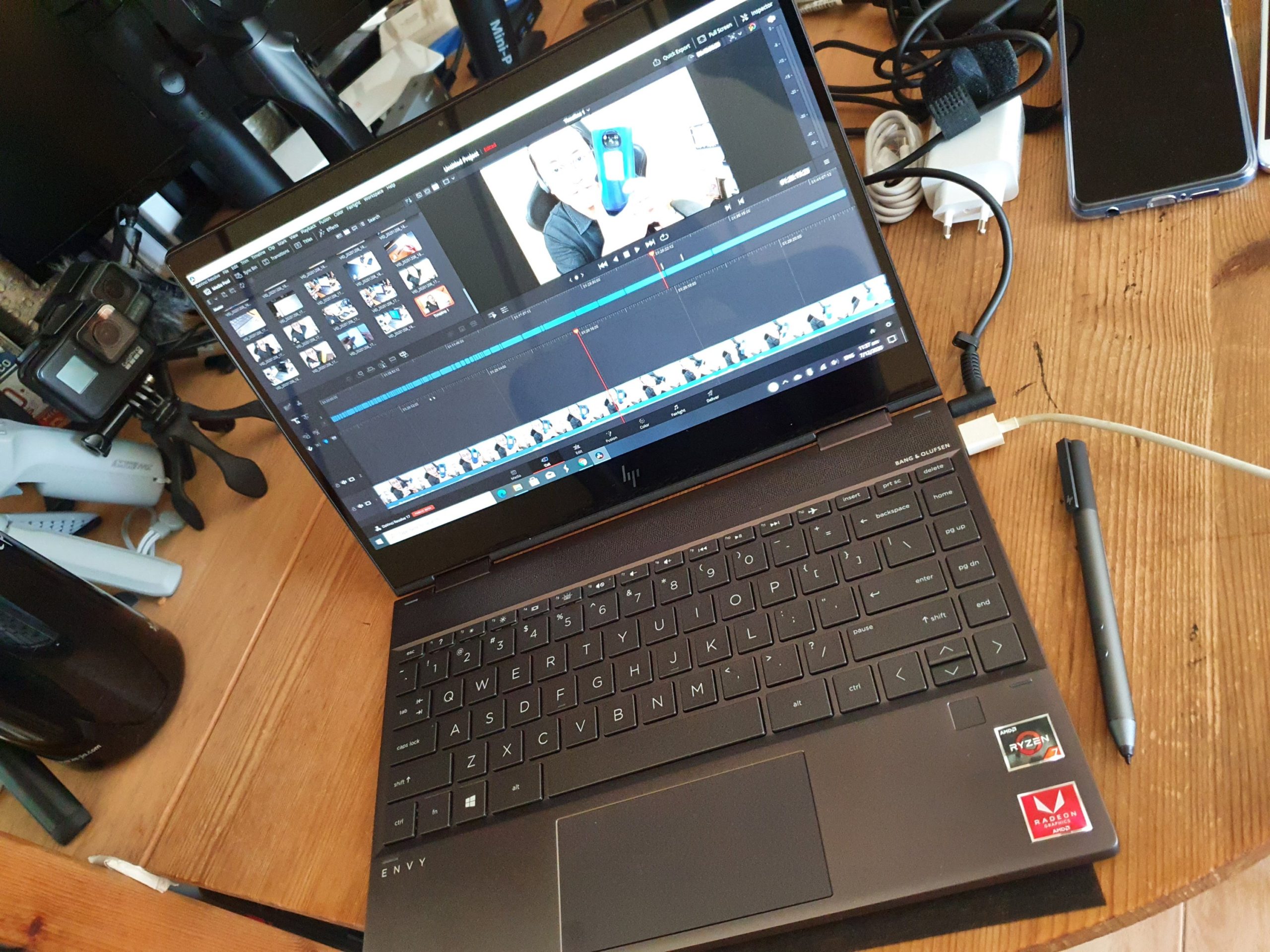

Noise reduction is one of the exceptions, at least in a 4K timeline at full resolution, but still, that kind of performance from a $699 Mac is incredibly impressive. DaVinci Resolve runs happily on an M1 Mac Mini with only 8GB of unified memory and plays 4K media on a 4K timeline with most operations on the Resolve Color Page processed in real time.

However, Apple Silicon has changed everything in terms of the minimum hardware requirements and cost of entry to professional post production for creators and filmmakers. For many such systems, the general points you’ll find here are just as valid as they were years ago, even with the latest hardware choices. I first published this article in 2015, and as you read on, what I present here applies to conventional x86 based PC’s and Intel Macs. However, just as million dollar proprietary systems serving Hollywood blockbusters gave way to software running on off the shelf computer hardware, I believe we are again at a major turning point where an entry level Apple Silicon Mac can easily run this software with sufficient performance for the majority of visual creators. If you want the ultimate performance, this is still true. Up until very recently, high end video post production tools such as Resolve required high end workstation class computer hardware, with multiple dedicated GPU’s and ideally, hundreds of GB RAM.

Those days of million dollar suites that only large commercial post facilities could afford are long gone, and computer technology has raced ahead in performance to the point where almost anybody with the desire to learn, can now have access to these tools. Through the latter half of the 1980’s to early 2000’s DaVinci was a specialized color corrector tied to telecine and film scanners, it required dedicated hardware costing many hundreds of thousands of dollars. DaVinci Resolve has a long history in high-end film and video finishing, starting long before it was acquired by Blackmagic Design, and long before it was a software solution. I originally started compiling this guide in 2015 with Resolve 11, and as of my latest update to this post, Resolve 17 has been with us for over a year already. As with all things tech, change comes quickly.


 0 kommentar(er)
0 kommentar(er)
